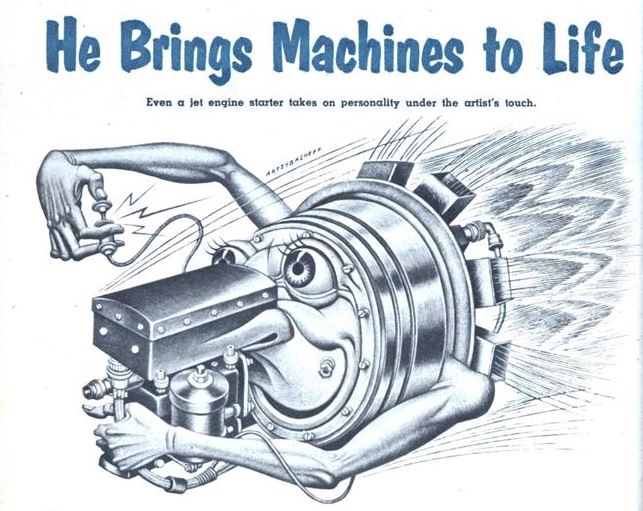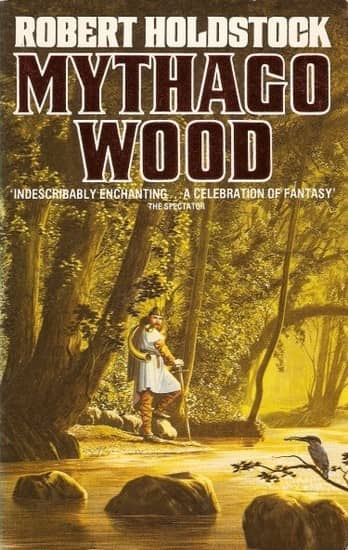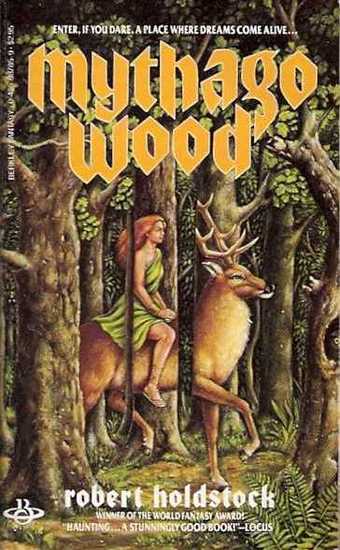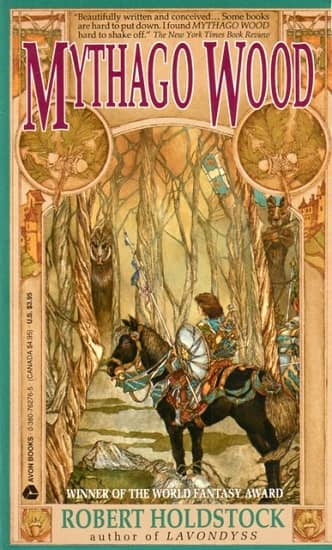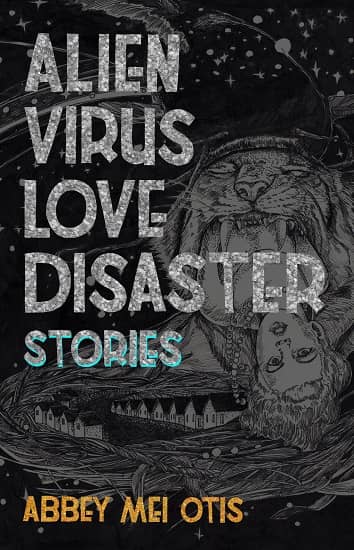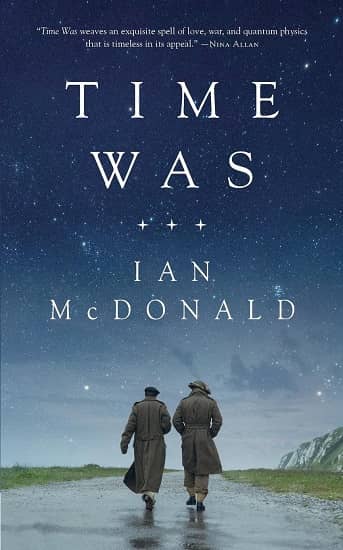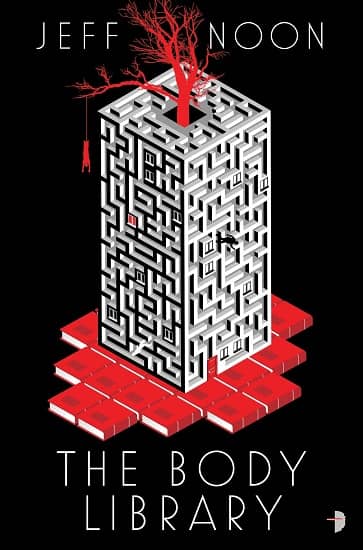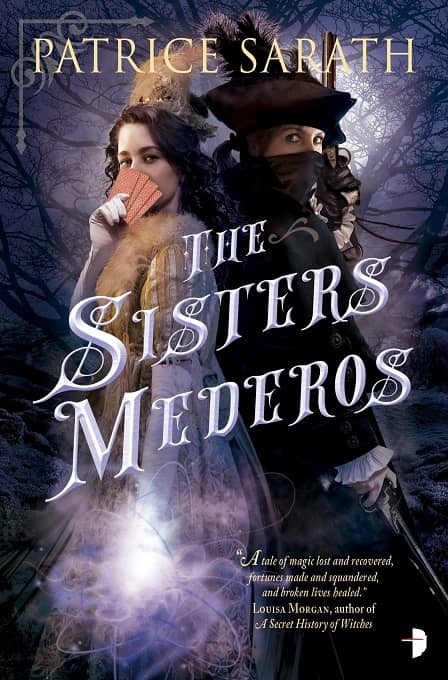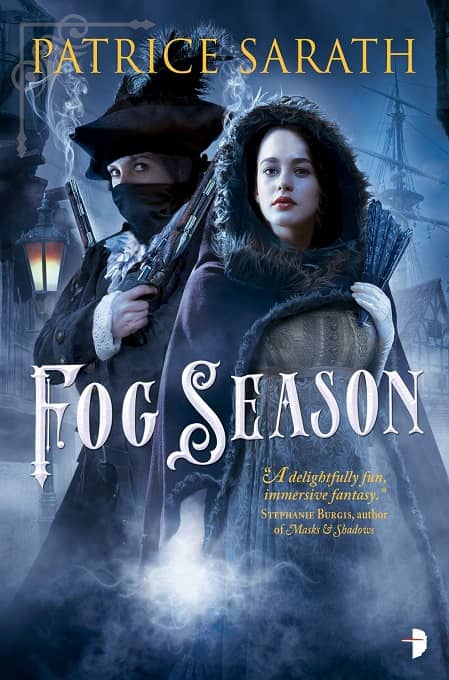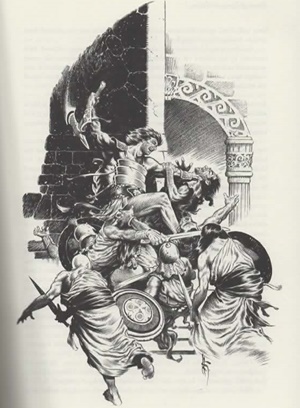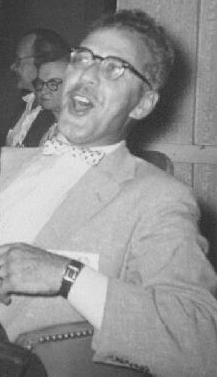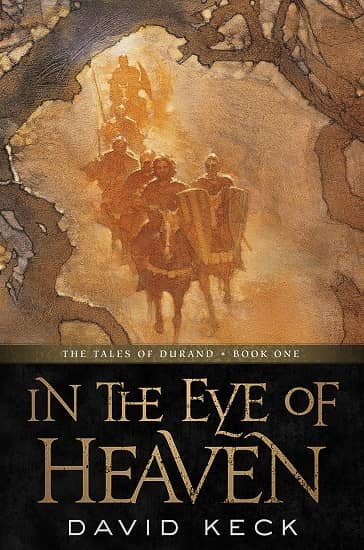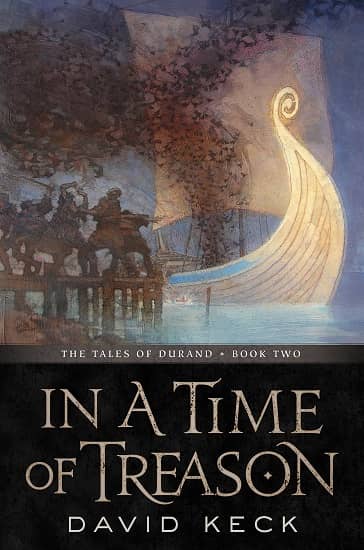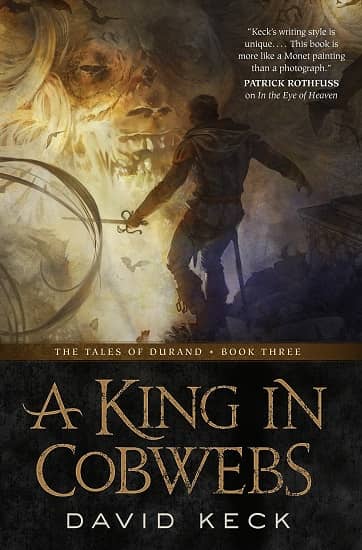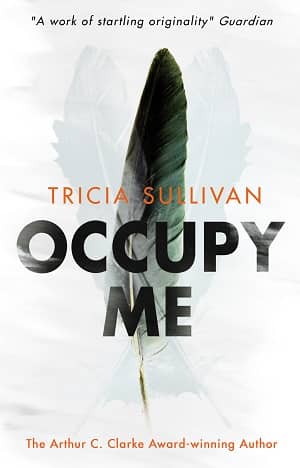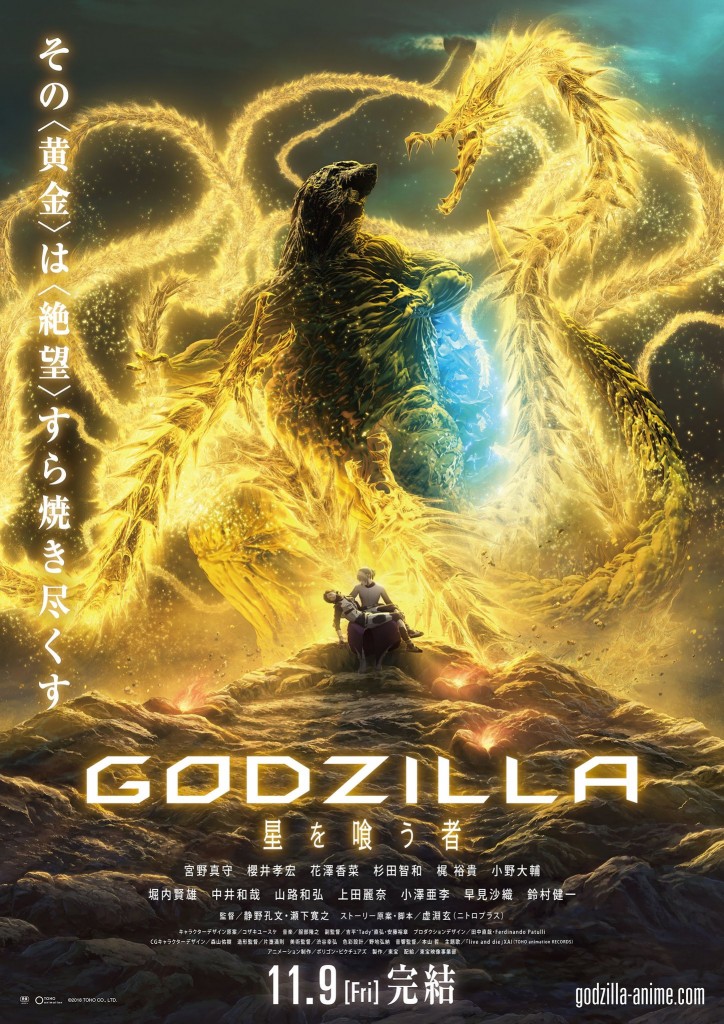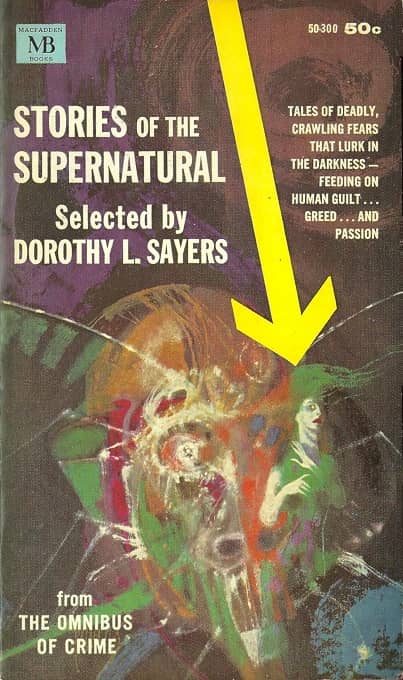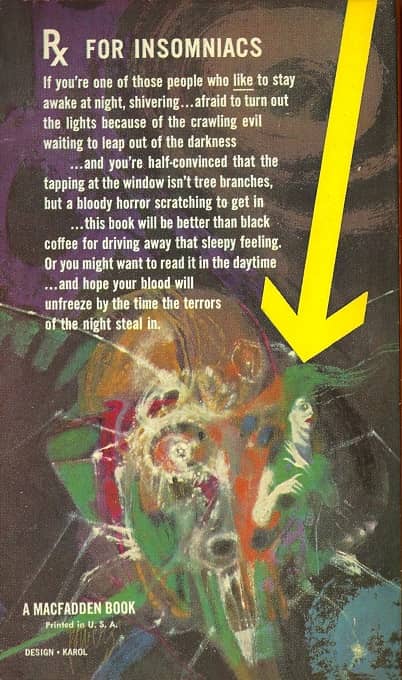Artzybasheff’s Robots
Boris Artzybasheff is one of my favorite science fiction artists. He’s one of my favorite artists, period, but I put it that way because most people never think of him as a science fiction artist. Look at his work through that modifier, though, and it snaps into place. Perhaps no other artist sees the alien in the everyday as much or depicts it as well as Artzybasheff.
Born in Russia in 1899, he fled to New York in 1919 after having fought with the White Russians. He didn’t speak a word of English. Nevertheless he was a working illustrator by 1922 and supplied the art for the Newbery Award winning Gay-Neck, written by Dhan Gopal Mukerji in 1928.
That early art was stylized but mundane, in the f&sf usage of the word. Nevertheless, publishers saw his true strengths from the beginning. Few mainstream presses released fantasy before WWII but those who did made Artzybasheff their go-to artist. He did the covers for classics like The Worm Ouroboros, The Incomplete Enchanter, and Land of Unreason.
